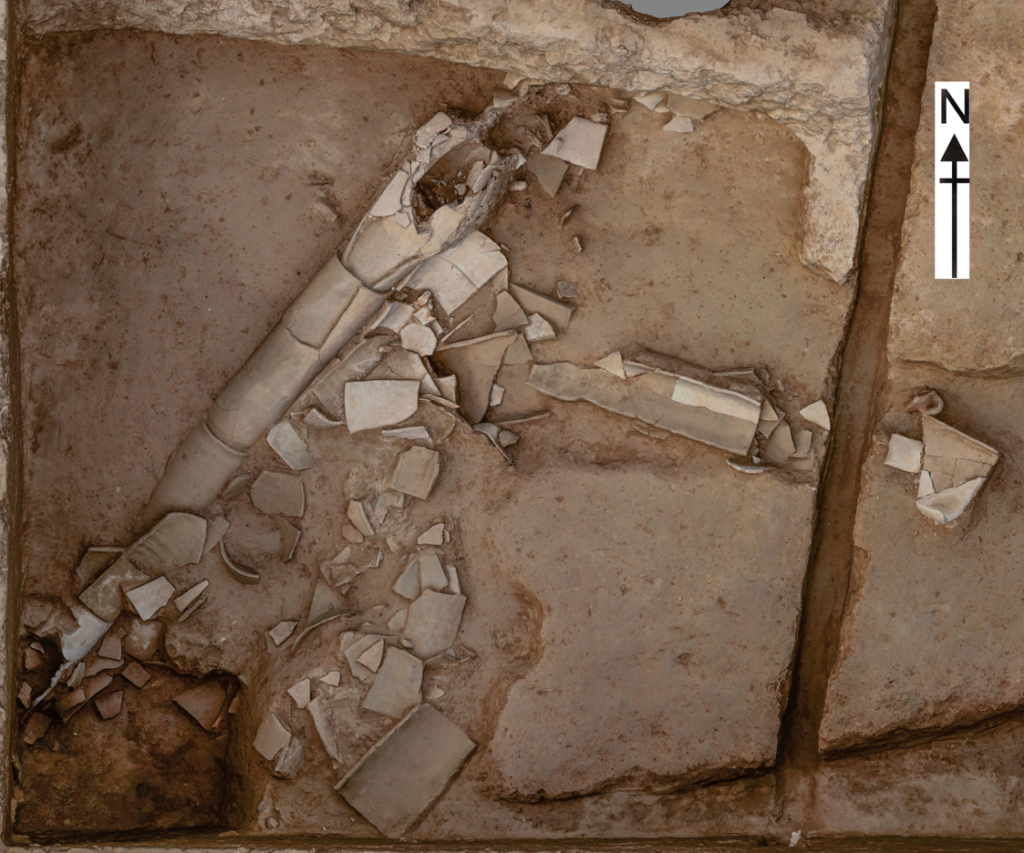3,000-Year-Old Road, Drainage Pipe Unearthed in China
Relics of drainage pipe, road and rut remains have been found in the ruins of Haojing, an ancient capital city dating back to the Western Zhou Dynasty (1046 B.C.-771 B.C.), according to the Shaanxi Academy of Archaeology.
The drainage pipe was uncovered in the foundation of the No. 14 building on its central-south edge, which was excavated between 2019 and 2020, the institute said on Wednesday.
Over 3 meters long, the pipe ruins are made of four round earthenware pipes with a diameter of about 25 centimetres, providing physical materials for further studies on the drainage system of the No. 14 building.

Meanwhile, an ancient road with a rut of about 12 meters long was also discovered in the recent excavation. About 1.4 meters below the existing surface, the road extends about 30 meters from west to east with a width of about 6 meters.
The vehicle rut is about 12 meters long and 8 centimetres in depth. It is the first time for the archaeologists to find such road and track remains at the site, said the institute.
READ ALSO: ANCIENT WALLS OF BENIN WERE FOUR TIMES LONGER THAN THE WALLS OF CHINA
The No. 14 foundation site, which covers more than 1,800 square meters, is believed to have been used in the middle to late Western Zhou Dynasty period and is of great importance for further research on the architecture functions, construction techniques and the capital layout of the dynasty.
Haojing site, where the capital city of the Western Zhou Dynasty was located, was excavated in the current city of Xi’an, the capital of northwest China’s Shaanxi Province.
The ancient ruins have a total area of around 920 hectares





